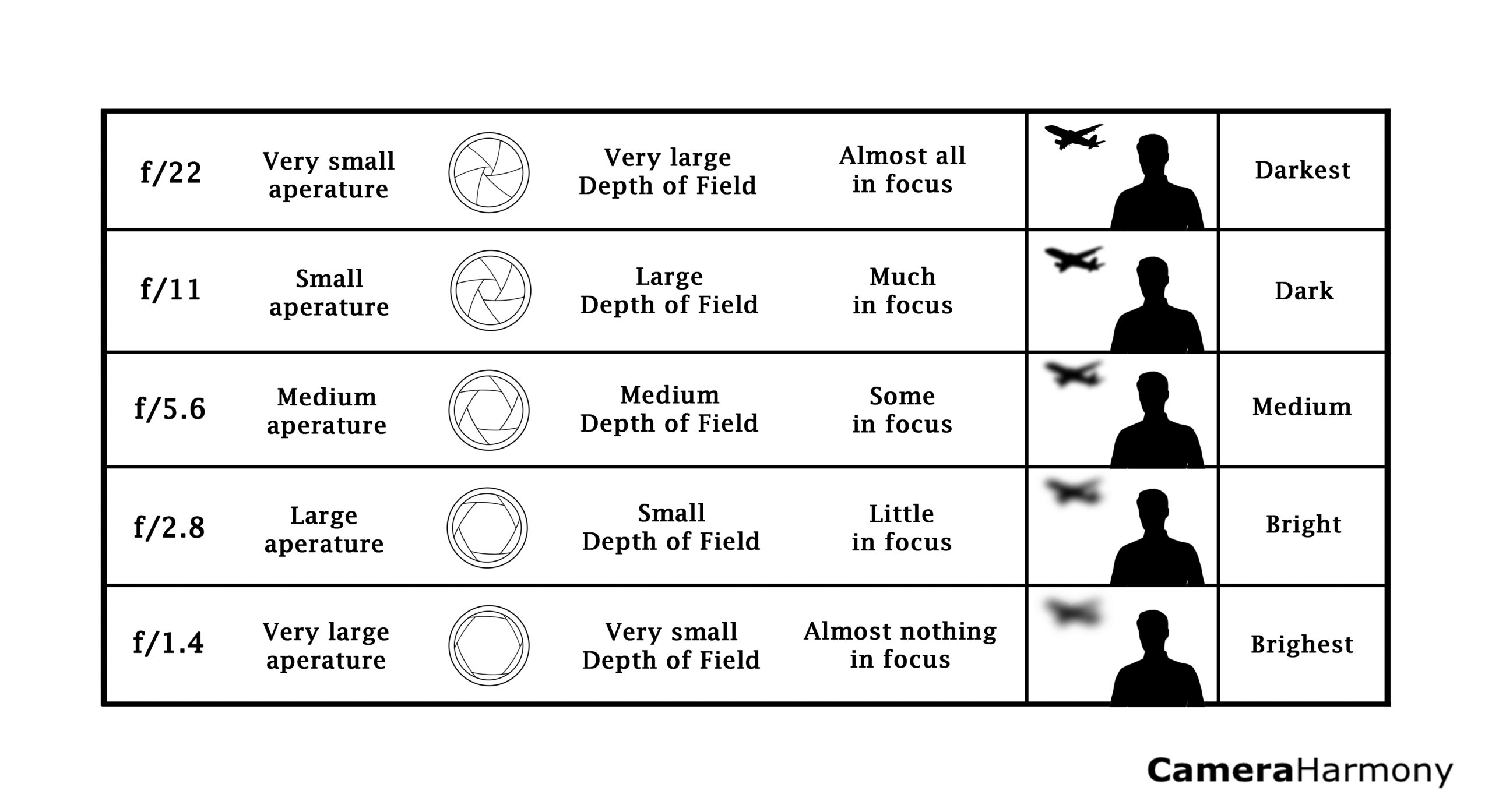

Towards the edges of the frame, bokeh balls will be distorted from their original circular shape. It depends quite a bit on the optical structure.Īt wide aperture values, many lenses will present a phenomenon called the cat’s eye bokeh thanks to optical vignetting. Huge differences can be found among lenses just because of their different designs. (Despite that, it’s probably our favorite prime lens for the price.) Lens Design It only has five blades, which are not even rounded! As a result, it produces a signature type of pentagonal bokeh balls when stopped down. Here’s what this bladed aperture looks like inside a lens.Ī quite infamous lens from this standpoint is the Canon 50mm f/1.8 II, the nifty-fifty. The Nikon 105mm f/1.4E ED has nine, and so does the Sigma 35mm f/1.4. There are lenses out there with more aperture blades. Typically, high-end lenses have 7-8 blades, especially portrait-oriented ones. Lenses that have plenty of blades will keep the iris looking roughly circular even when closed down. But once you start to increase your f-stop just a little bit, differences in iris design become apparent. This means the shape of your bokeh will be circular, too. The shape of the aperture is a perfect circle when it’s wide open. The aesthetic qualities are just as important.

What Affects the Quality of Bokeh? Until now, I only mentioned things that affect the amount of our bokeh. So in these conditions, the crop sensor setup will show less bokeh. The further you stand, the less bokeh you’ll have. Now, we know that subject distance does indeed affect bokeh. The crop camera will force you to move away from your subject to keep the same framing.
#Define bokeh full
Let’s say you use the exact same lens on a full frame and a 1.5x camera. Physically, sensor size doesn’t have anything to do with the amount of blur. The more you open up your aperture (decrease your f-stop), the stronger the background blur becomes, and the more bokeh appears. This is quite straightforward for anyone who’s learned DSLR photography basics. So, you’ll get more background blur from an 85mm f/2 lens than from a 50mm f/2 lens. This is because perspective compression forces the blur to spread out more. The longer your focal length is, the more bokeh will show up. Subject distance affects the relative size and amount of lens blur in your frame. But if your subject is too close to the background, there won’t be enough separation to let large bokeh balls. The closer your focus is to the camera, the shallower the depth of field becomes. The distance between the subject and the background is important, as well. The most important factor is the distance between the subject and the camera. The quantity and quality of bokeh depend on many things. Not every camera and lens behaves the same when it comes to out-of-focus areas. The size of bokeh balls is actually possible to precisely calculate. You can’t really measure or calculate its qualities. It’s a visual element and aesthetic factor. It’s a number, a measurement.īokeh, in turn, is the result of a shallow depth of field. Depth of field refers to the range in space that’s in acceptable focus. Well, the two are closely related to each other, but they’re not the same. You may be asking, “What’s the difference between bokeh and depth of field?” This means that in the sensor’s plane, the projected image is not sharp, but out of focus.Īs all the individual out-of-focus points add up and blend together, you get bokeh.

On the latter two figures, the plane of focus for our subject is before or behind the sensor. In the first figure, the rays coming from the subject converge on the sensor, projecting a sharp image of the subject’s plane. Let’s take a look at this graphic to see how that works. You have to prioritize a plane as your area of focus. Your lens is not capable of that in practical circumstances. We know well that you can’t have everything in focus at the same time. To control and shape bokeh to your needs, you first need to understand how it works and what affects it. And how photography converts three-dimensional space into a two-dimensional mold. To understand bokeh photography, you need to understand depth of field. It doesn’t distract from the in-focus subject. Bokeh relates to the quality of the lack of focus. It usually refers to an out-of-focus background. Buy from Unavailable What Is the Bokeh Effect?īokeh is a term used to describe the out-of-focus portions of a photograph.


 0 kommentar(er)
0 kommentar(er)
